An Italian Nativity Posted by Geoff on Dec 24, 2015 in Culture
Probably the most abiding symbol of Christmas here in Italy is il presepe. Il presepe is a reconstruction of the nativity story, and its origins date back to 1223 when San Franceso di Assisi created the first presepe vivente (living presepe).
The presepe can be found in three main forms:
1. the simple small scale nativity scene that people might make in their living room, office or shop.
2. il presepe mobile, which, as the name suggests, has moving parts such as figures that carry out traditional tasks, angels that descend from the stars, or a moon that moves across the sky.
3. il presepe vivente.
Here in Lunigiana in the north of Toscana we have several notable presepi viventi, some of which have developed into fairly extensive and elaborate spectacles. Amongst these is Il Presepe Vivente di Pontremoli, organised by la Pro Loco, which uses as its setting the beautiful centro storico and a small villaggio which has been specially constructed beneath the arches of the impressive medieval Ponte della Cresa.
Pontremoli’s presepe is quite unique in that rather than trying to depict the nativity in the traditional way it is set during the time of San Francesco, and therefore takes on a medieval theme, which fits in beautifully with the old town itself.
This year’s presepe vivente was particularly special for us because for the first time Serena participated as one of the raffiguranti (bit actors), la tessitrice (the weaver), in the little village by the river Verde.
As they say, a picture is worth a thousand words, so without further ado, here are a few photos of the event taken by our good friend and keen amateur photographer Claudio Angella.
Tanti Auguri di Buon Natale a tutti i nostri lettori

Build vocabulary, practice pronunciation, and more with Transparent Language Online. Available anytime, anywhere, on any device.







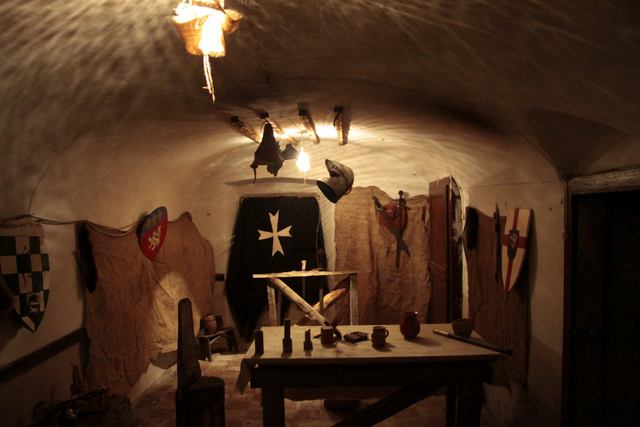
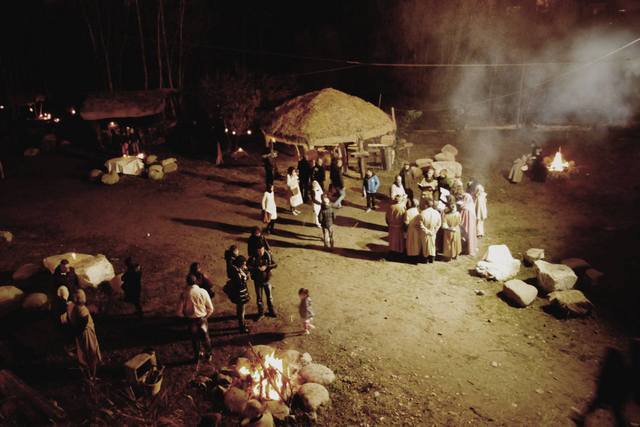
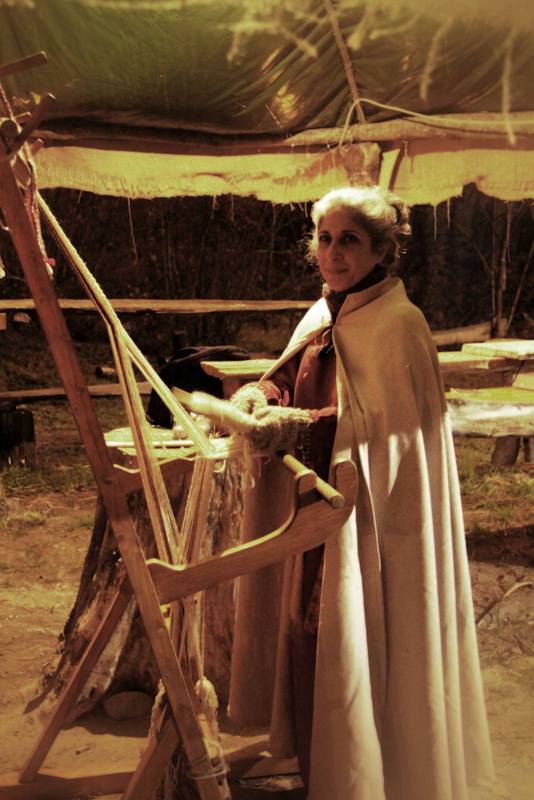
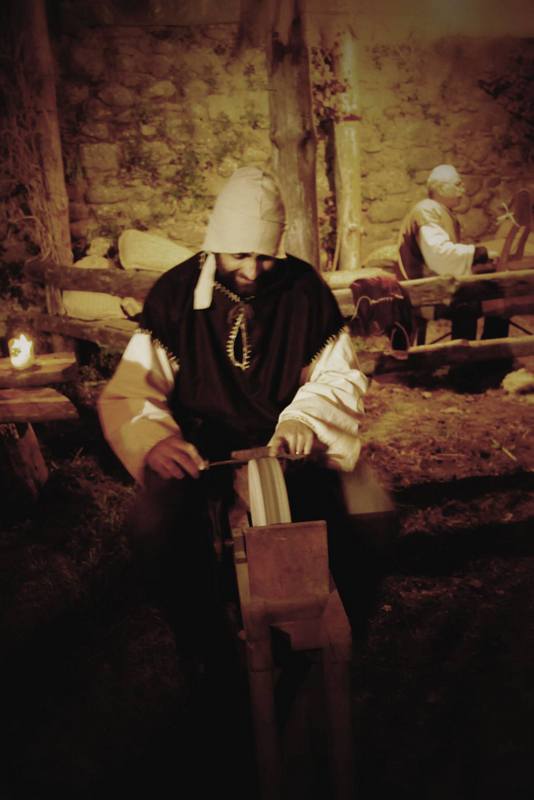
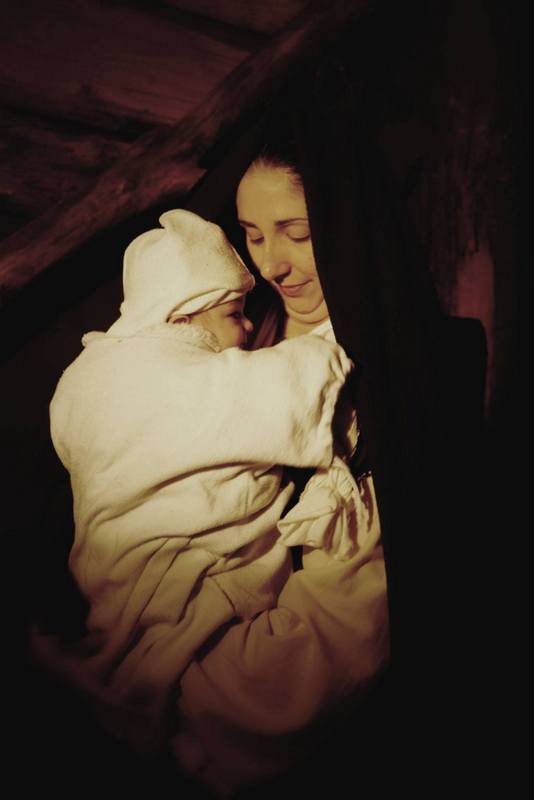

Comments:
Rosalind:
Grazie per tanti articoli molto interessanti e vi auguro una buona festa di Natali.
Gerry:
Grazie per i vostri articoli interessanti. Tanti auguri anche a voi.
Gert Schwaner:
Dear Geoff and Serena
It is with great pleasure that I the year round receive your blogletters. They are not only instructive but very entertaining and manysided embracing the italian culture from many different angles.I am often inspired for my lessons in italian language by your letters .
Happy new Year with many new letters from Transparent language Blog
Gert Schwaner
Teacher, Denmark
Geoff:
@Gert Schwaner Un Buon Anno anche a te Gert.
Saluti da Geoff e Serena 🙂
Catherine Makem Stock:
Thanks so much for the pictures and explanation. It was so interesting to read about the types of presepi (sp?). My maternal grandparents were from the Marche and having retired 3 years ago from teaching I am now able to learn Italian. I hope in about 3 years to travel again to Italy but this time be able to say more than Grazie and Dov’è il bagno?
Arrivederci,
Cathe Makem Stock
Geoff:
@Catherine Makem Stock Ciao Catherine, glad you enjoyed the blog. Presepe/i is one of those words that ends in e in the singular and i in the plural.
Good luck with your studies, and if you get stuck with anything let us know so that we can point you in the right direction, va bene?
A presto, Geoff
Bill Auge:
Cio Geoff, c’e’ una differenza tra un presepe e un creche? Il Instituto d’arte di Chicago ha un creche napolitano dal 17 secolo che e’ splendido. Ne ha pui di 200 figure che rappresenta la vita a Napoli.
grazie, Bill
Geoff:
@Bill Auge Ciao Bill, se non sbaglio, crèche ha lo stesso significato in francese come presepe nell’italiano. Però, non l’ho mai sentito usare qui in Italia. Usiamo sempre la parola presepe per la scenografia completa o natività se si tratta solo del gruppo santo, cioè Maria, Giuseppe, e il bambino Jesù.
“creche (n.)
“Christmas manger scene,” 1792, from French crèche, from Old French cresche (13c.) “crib, manger, stall,” ultimately from Frankish or some other Germanic source; compare Old High German kripja, Old English cribb (see crib). Also “a public nursery for infants where they are cared for while their mothers are at work” (1854).”
La parola che usiamo per nursery, o kindergarten invece è asilo.
A presto, Geoff
Cecilia:
This is beautiful! I’ve just started to learn Italian and I find your blog really helpful and interesting.
Thank you for sharing 🙂
Best wishes for 2016!
Serena:
@Cecilia Salve Cecilia e benvenuta nel nostro blog!
Auguri di buon anno da Geoff e Serena